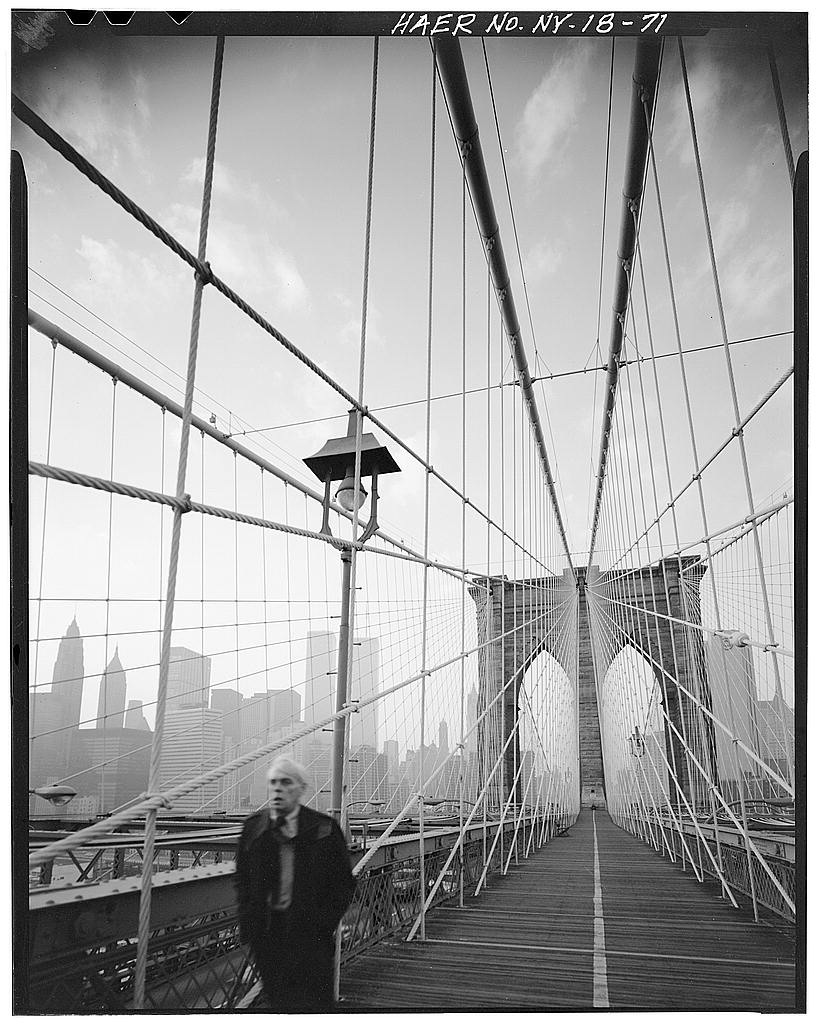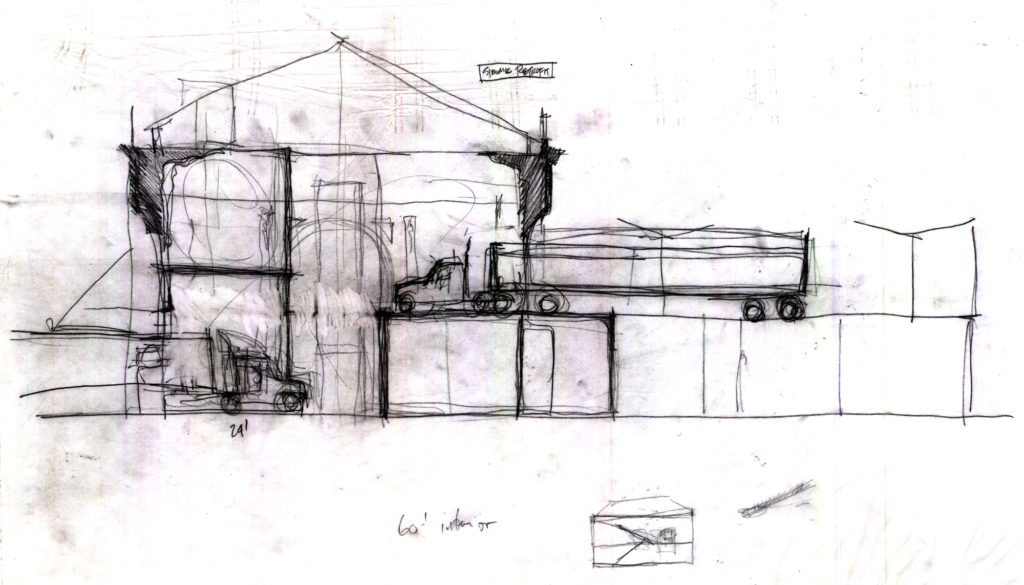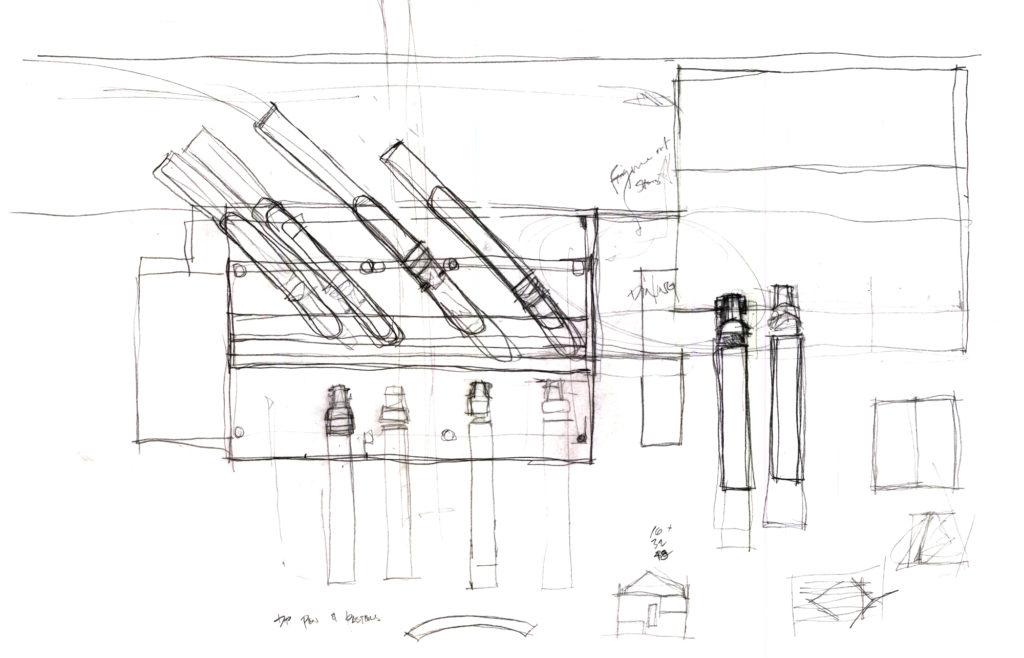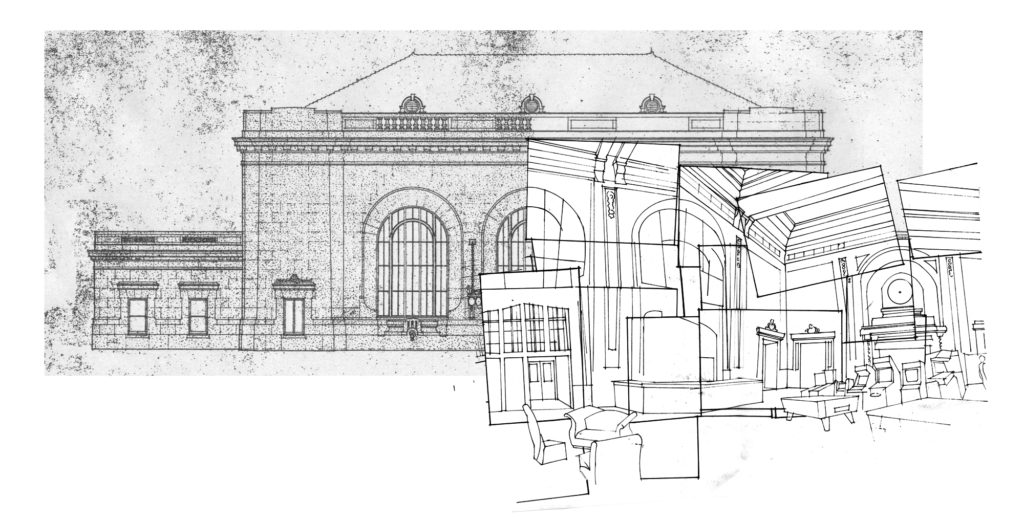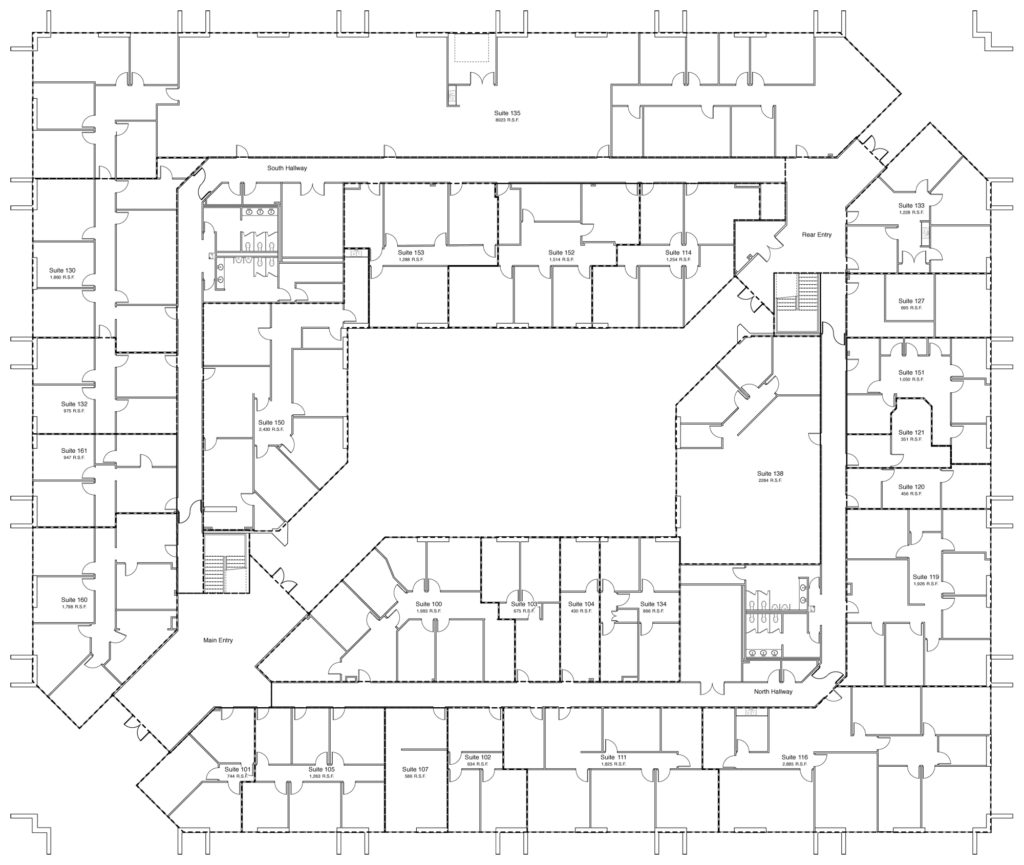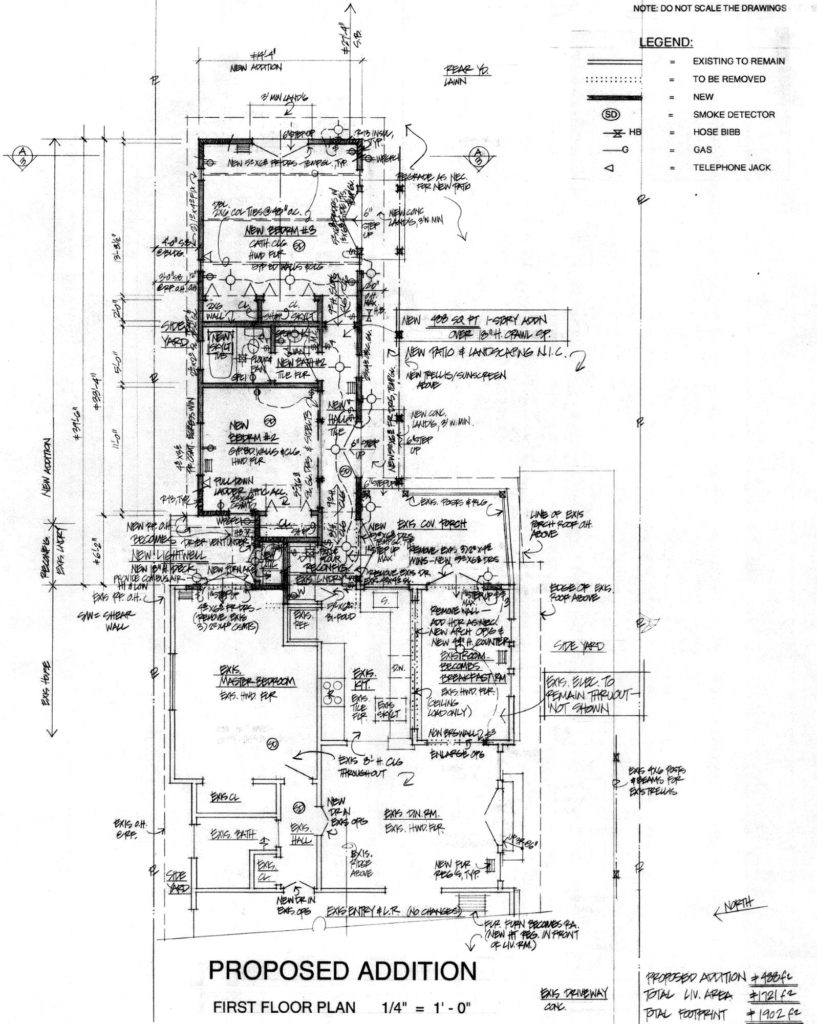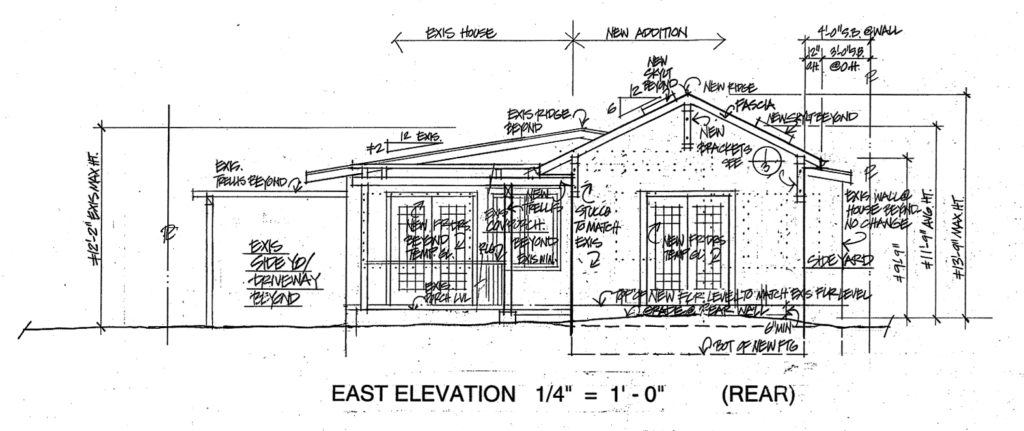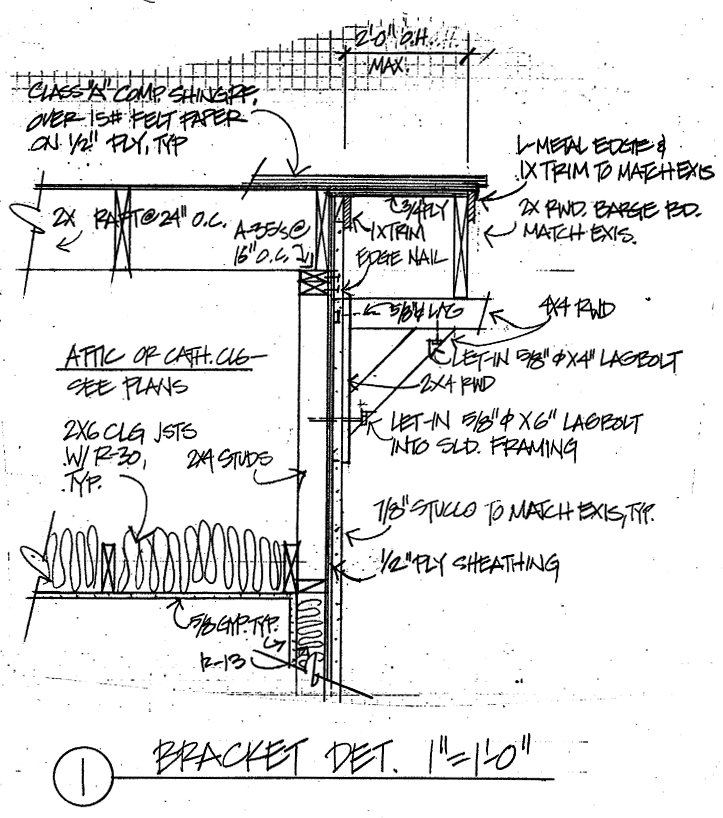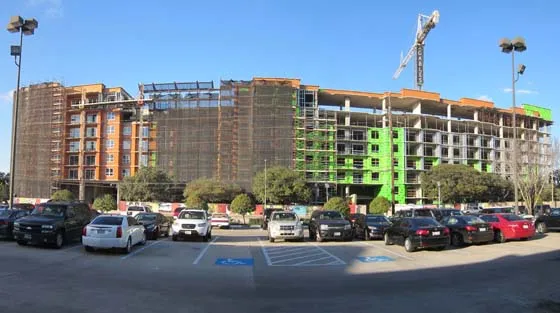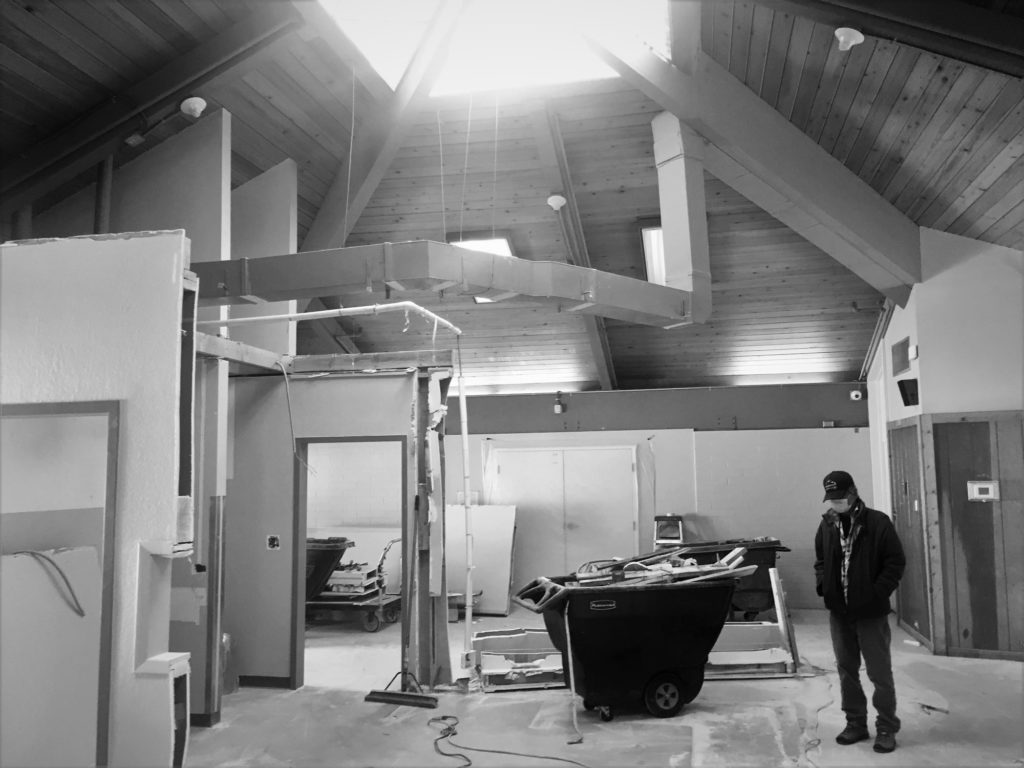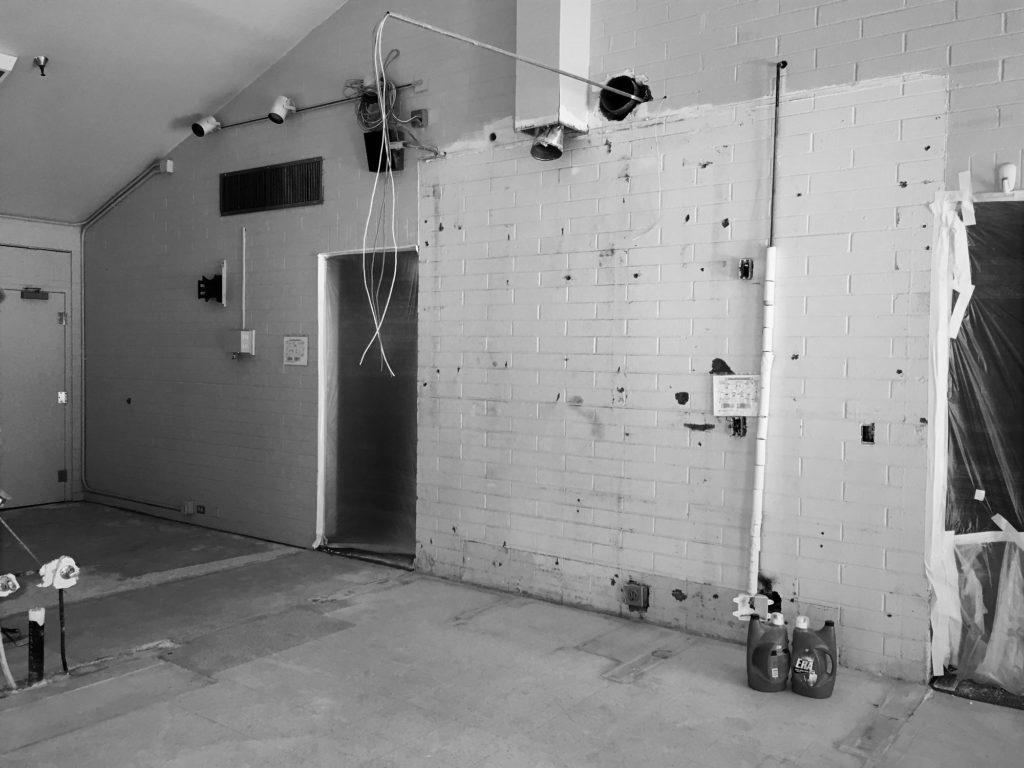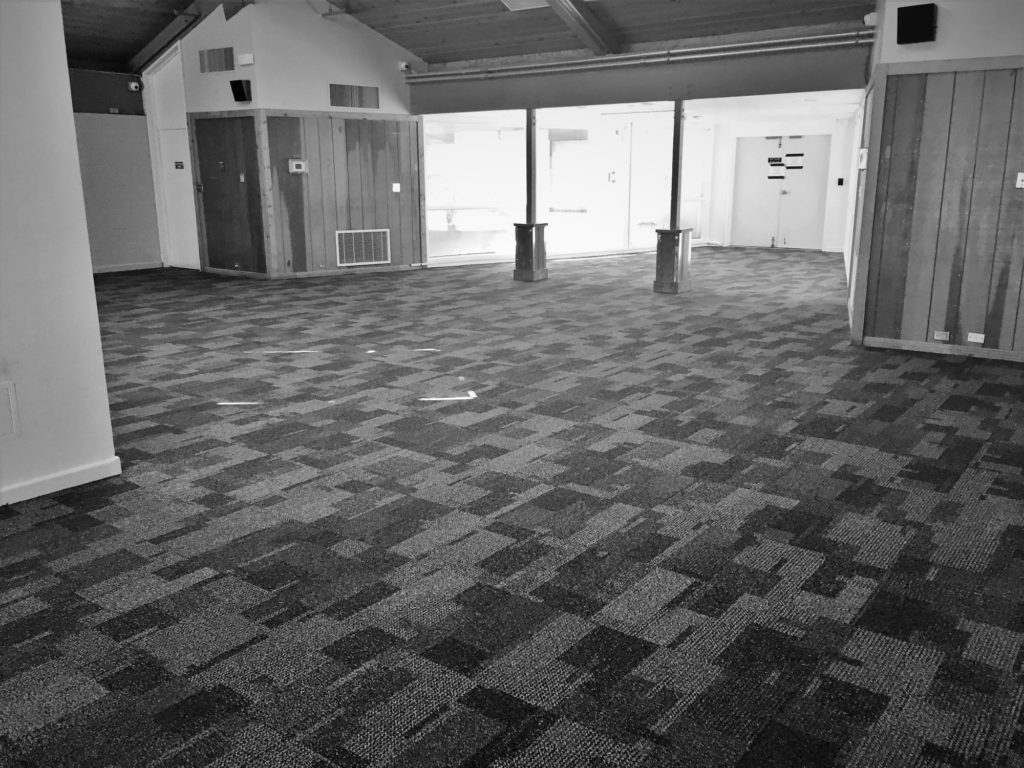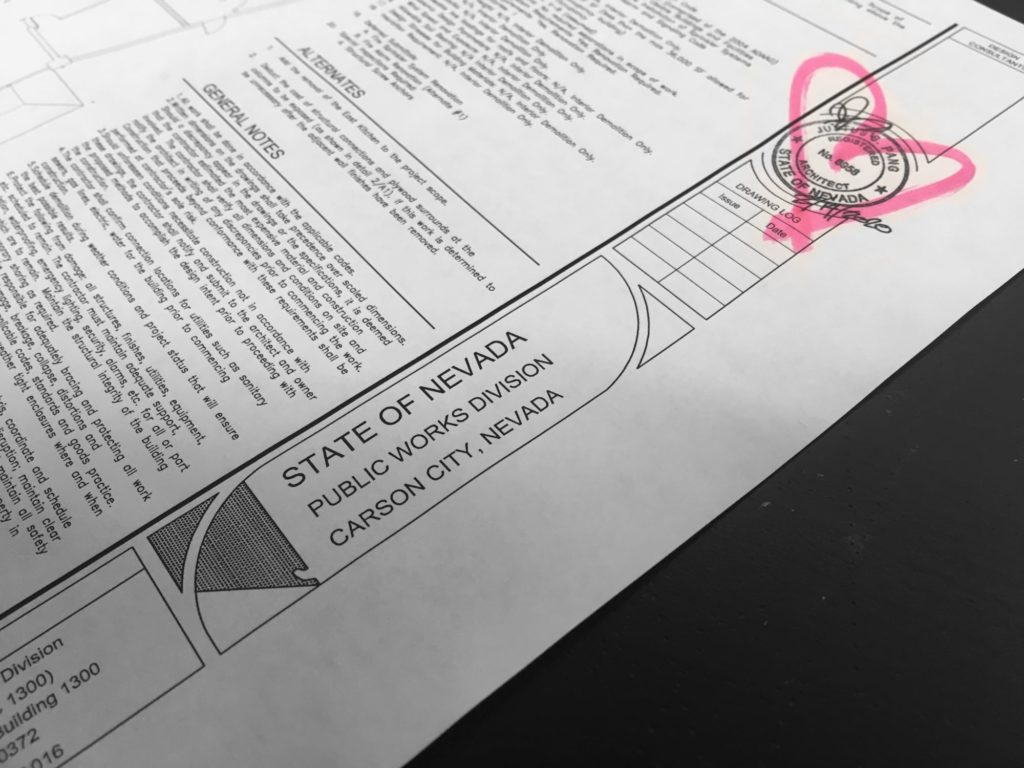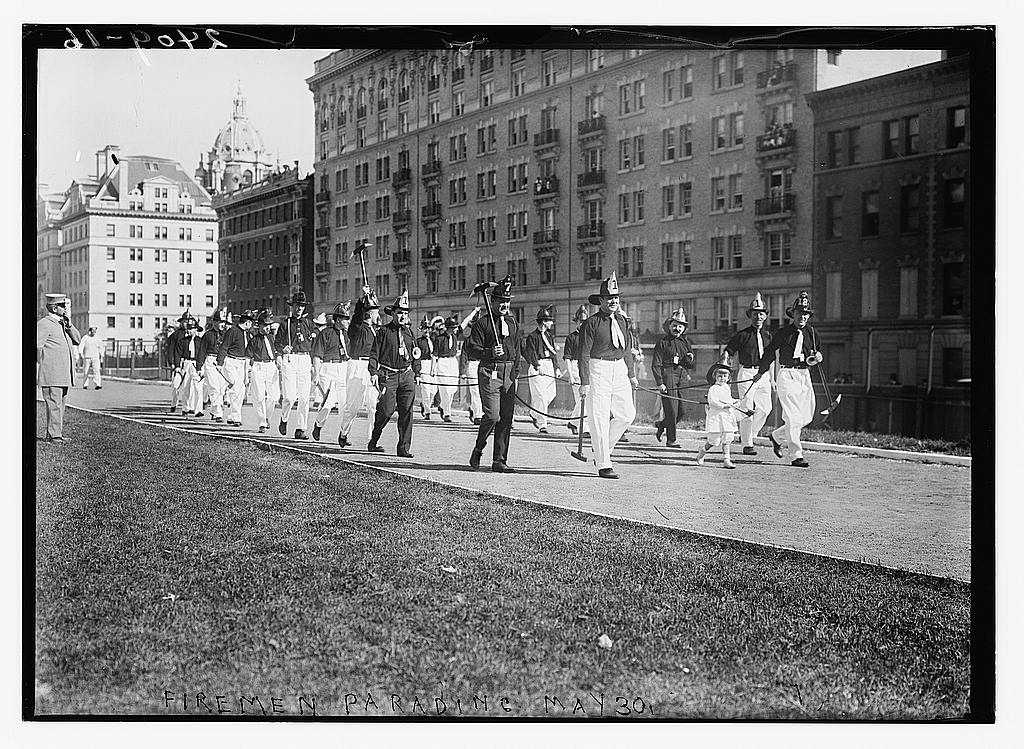Teaching is the role of the institution.
Education is the task of the student.
The critic’s job is two-fold — to say what is on their mind and to give the student something new to think about.
Two years ago, I was a critter for a Master’s studio in Hospitality Design. It was the last review of their academic careers, ending on the whimper of a zoom call.
Day-long zoom conferences aren’t fun for the critters either, but I broke up the screen time monotony by grabbing the laptop and doing chores during presentations of students who had obviously mailed it in. It was nice that I could write a couple terse notes in chat, instead of giving them a tongue lashing as I might have done in person.
In spite of this sterile environment, it was a pleasure to be reminded of the dream of Architecture. I’m so buried in the practice, I forget the possibilities. I have always had a practical bent, and this was a fun antidote. Of course everything was crazy and impractical. That’s the point. They’ve got the rest of their careers to be as boring as I am.
Form, the design itself
Formula, your process
Formal, the craft – how you do it.
The other benefit was learning from other architects. When I was in school, it always seemed like the critters were preening in front of the other critters. Now I know why — they were talking to each other! Wes Robbins stood out as an older architect who shared his rich experience throughout the review, including both quotes in this letter.
Before this event I had attended a couple of “gallery” reviews where the folks pin up in the hallway and the critters mingle and chat. However, I’ve never been a part of a formal review.
This is harder than I expected. It’s not easy to stay alert and judge stuff all day, with a hard shift every half hour. It was tiring to meet the students where they were at. I see why in-person reviews can go vicious. I could be sanguine about shoddy work cause housework salvaged the time. If I had to sit in a chair to watch the craft be disrespected by the worst of the presentations … whohooo …
Hopefully the kids got something from their last event in school. By now, they’ve been in this cruel practice for two years. I hope they’re persevering and growing — this profession needs them more than they need us.
